Is it normal for espresso to have sediment? What is the reason why there is coffee residue powder in the coffee cup?
A friend said in a private letter, "there are some black granular deposits at the bottom of the recently extracted espresso. Is this normal?"
This seems to be an abnormal phenomenon, in fact, it is a normal phenomenon! These black particles deposited at the bottom of espresso are actually coffee powder falling through the mesh of the powder bowl. Generally speaking, it is normal to have a small amount of coffee powder in a shot.
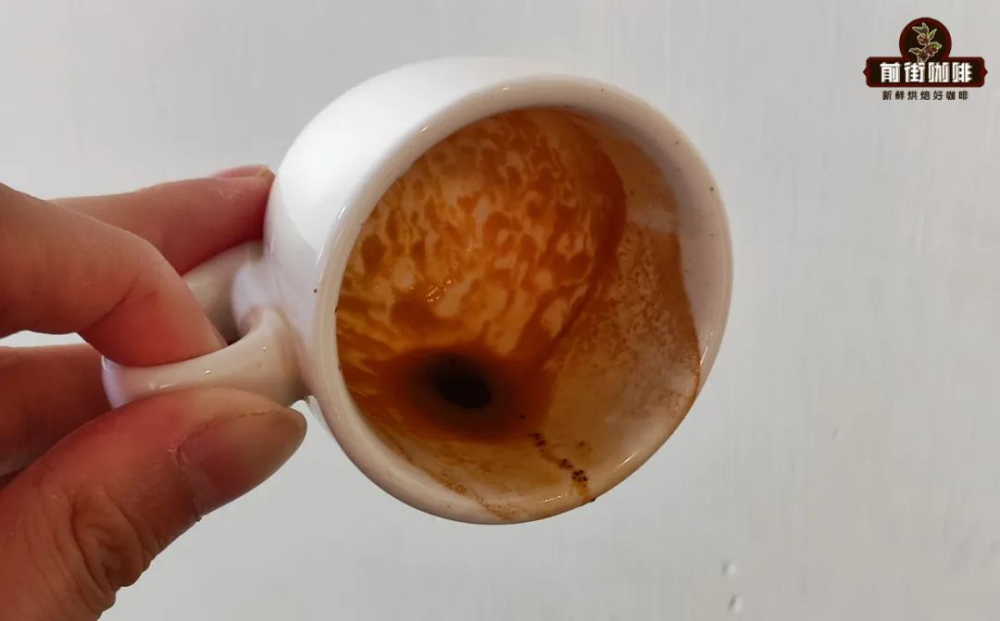
Why did this happen? We know that filter paper is the best filter material at present, which can block solids, oils and other substances, so the cleanliness of coffee filtered by filter paper is the highest. The powder bowl used in the extraction of espresso is a mesh composed of fine holes as a filtering apparatus. If you hold the powder bowl to the light, you can see the light shining through the mesh into the eye. In the pressurized extraction, it is inevitable that some fine powder will pass through these pores and fall into the coffee liquid.
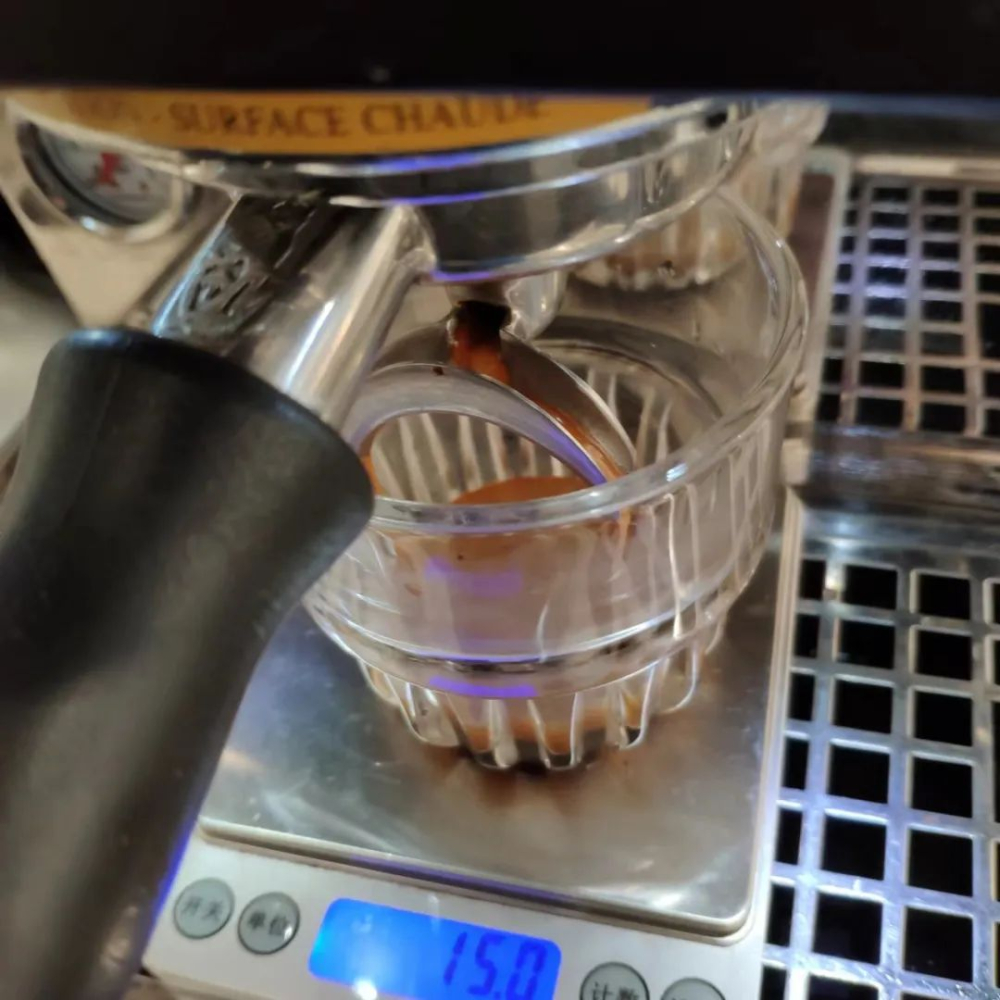
The fine powder is hidden in the grease. I believe some friends have heard of the "tiger spot grease". It is the black markings floating on the golden grease, which look like tiger skin. those black markings are actually the very fine powder that fell into the cup through the mesh of the powder bowl. If you leave it for a period of time, when the grease on the surface dissipates, the fine powder will deposit to the bottom of the cup.
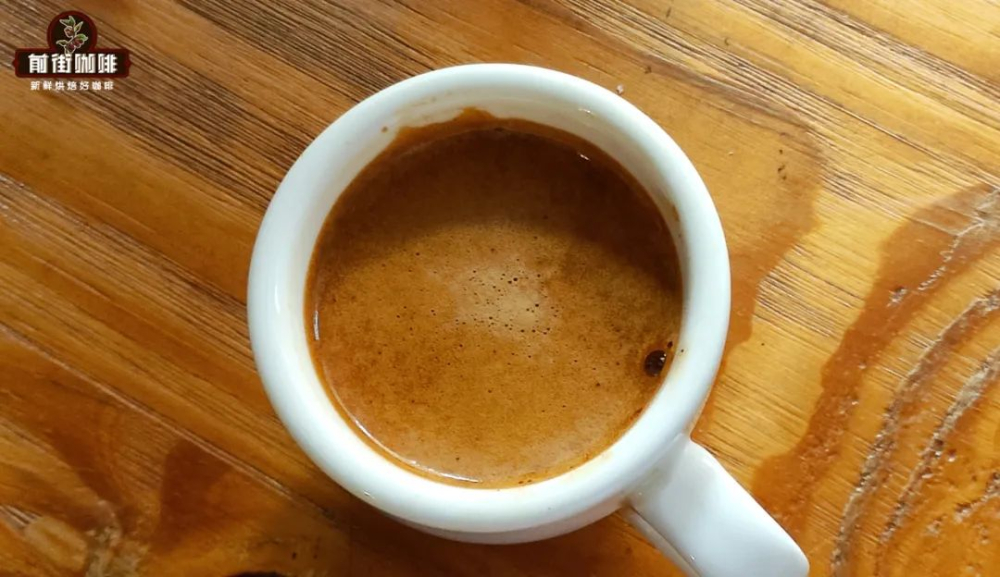
The appearance of "tiger spot grease" does not mean that this cup is not good, nor does it mean that this one is particularly good. It is just that its shape is obviously different from the general extracted oil, but in the judgment, "tiger pattern oil" also belongs to the normal product. Why did you suddenly find that espresso has precipitated fine powder? Continue to answer that friend's question, listen to this friend's wording, is that this has not happened before, is a recent sudden appearance, feel unusual. So Qianjie summed up several possible reasons. There has always been, but it has not been found before that the fine powder that fell into the coffee cup did not sink into the bottom immediately, but it took about 4-5 minutes to sink into the bottom of the cup, such as drinking concentrate directly. Most of the fine powder is drunk down the stomach together with the coffee liquid, so the cup is very clean. Of course, this small amount of fine powder will not cause a change in taste, nor will it be harmful to health. Like drinking American coffee, because the amount of the cup is relatively large, it takes a few minutes to finish it at the fastest, and each time the range of drinking is relatively small, the fine powder is more likely to deposit at the bottom of the cup. When the cup is almost finished, the fine powder at the bottom of the cup will emerge.
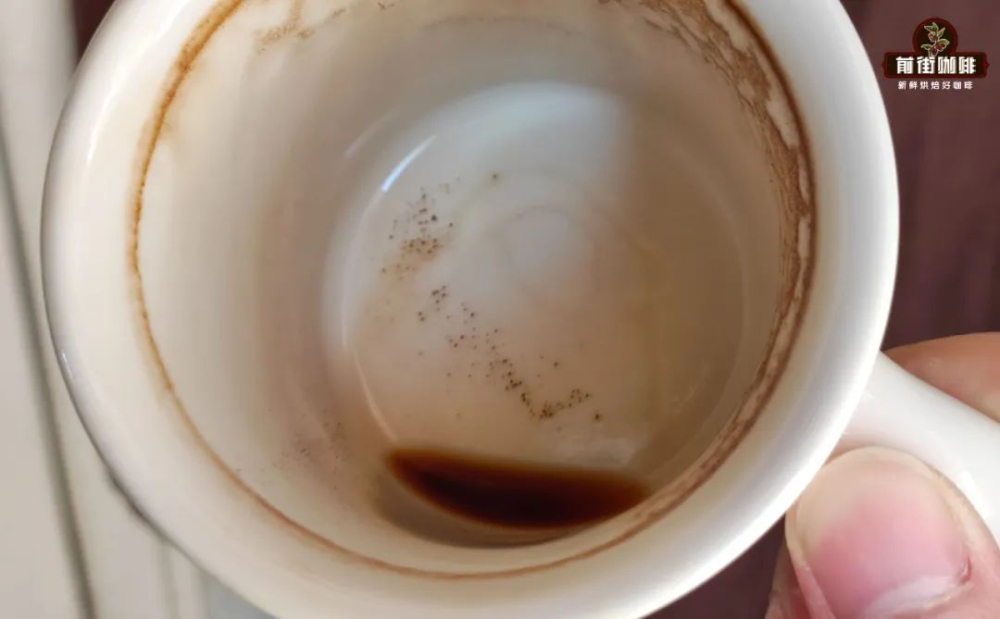
-Coffee powder is too fine. If you find that there is an unusual amount of sediment in your coffee, it may be that your grinding parameters are wrong (too fine). When we adjust the grindability of espresso, most of it is based on the formula of proportion and time. That is to say, if the extraction ratio is right and the time is right, then the degree of grinding is applicable. Qianjie takes an example model, which assumes that we all use the powder-to-liquid ratio of 1:2 and the time of 30 seconds as the standard to infer the degree of grinding. When the grinding scale is 2.0, it takes 30 seconds for 20g powder to extract 20g liquid, and when the grinding degree is 1.7, it takes 30 seconds for 18g powder to extract 36g liquid.
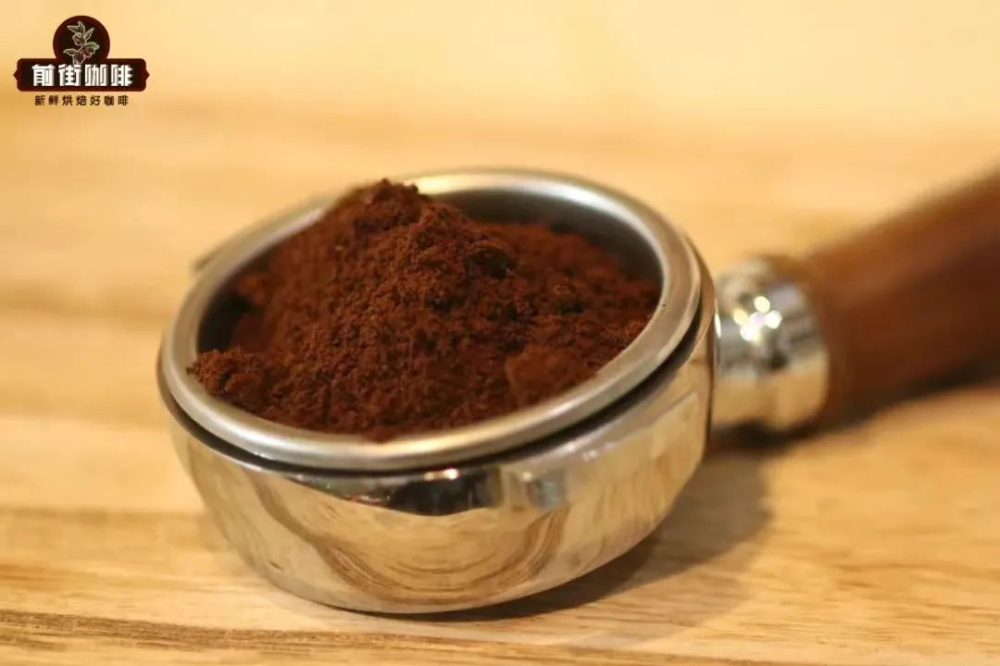
In other words, if you use less powder, you need to grind the coffee powder more finely in order to ensure time. The finer the coffee powder is ground, the more likely it will be to deposit coffee powder on the bottom of the cup through the mesh. The mesh deformation of the powder bowl the powder bowl has been affected by high temperature and high pressure for a long time, which will make the mesh bigger. This phenomenon is not common, only in high intensity use for 1-2 years, it is possible to appear this kind of mesh deformation phenomenon. The test is also easier, pointing the powder bowl at the light to see if any of these pores are getting bigger.
Important Notice :
前街咖啡 FrontStreet Coffee has moved to new addredd:
FrontStreet Coffee Address: 315,Donghua East Road,GuangZhou
Tel:020 38364473
- Prev

How to identify defective coffee beans? Buy hand-made coffee beans with many defects?
For a long time, some friends have sent it to Qianjie in the form of photos, asking, "is this defective bean, is that defective bean?"... " In the face of ripe beans looking for defects, many friends are incarnated as Leeuwenhoek, will not let go of the slightest flaw. However, in the photos seen in Qianjie, 9% of Chengdu is not a defective bean. Caused so much.
- Next

Why is hand-brewed coffee sour and tasteless? How can I make coffee by hand?
In the store, Qianjie will often meet coffee lovers who come to communicate, many of whom buy coffee beans to brew at home, and then come to the store to order a cup of hand-brewed coffee with the same beans, comparing the difference between the barista's brewing and his own brewing. There are also some hand-brewed coffee lovers who can't flush the wind on the coffee package at home.
Related
- Beginners will see the "Coffee pull flower" guide!
- What is the difference between ice blog purified milk and ordinary milk coffee?
- Why is the Philippines the largest producer of crops in Liberia?
- For coffee extraction, should the fine powder be retained?
- How does extracted espresso fill pressed powder? How much strength does it take to press the powder?
- How to make jasmine cold extract coffee? Is the jasmine + latte good?
- Will this little toy really make the coffee taste better? How does Lily Drip affect coffee extraction?
- Will the action of slapping the filter cup also affect coffee extraction?
- What's the difference between powder-to-water ratio and powder-to-liquid ratio?
- What is the Ethiopian local species? What does it have to do with Heirloom native species?

